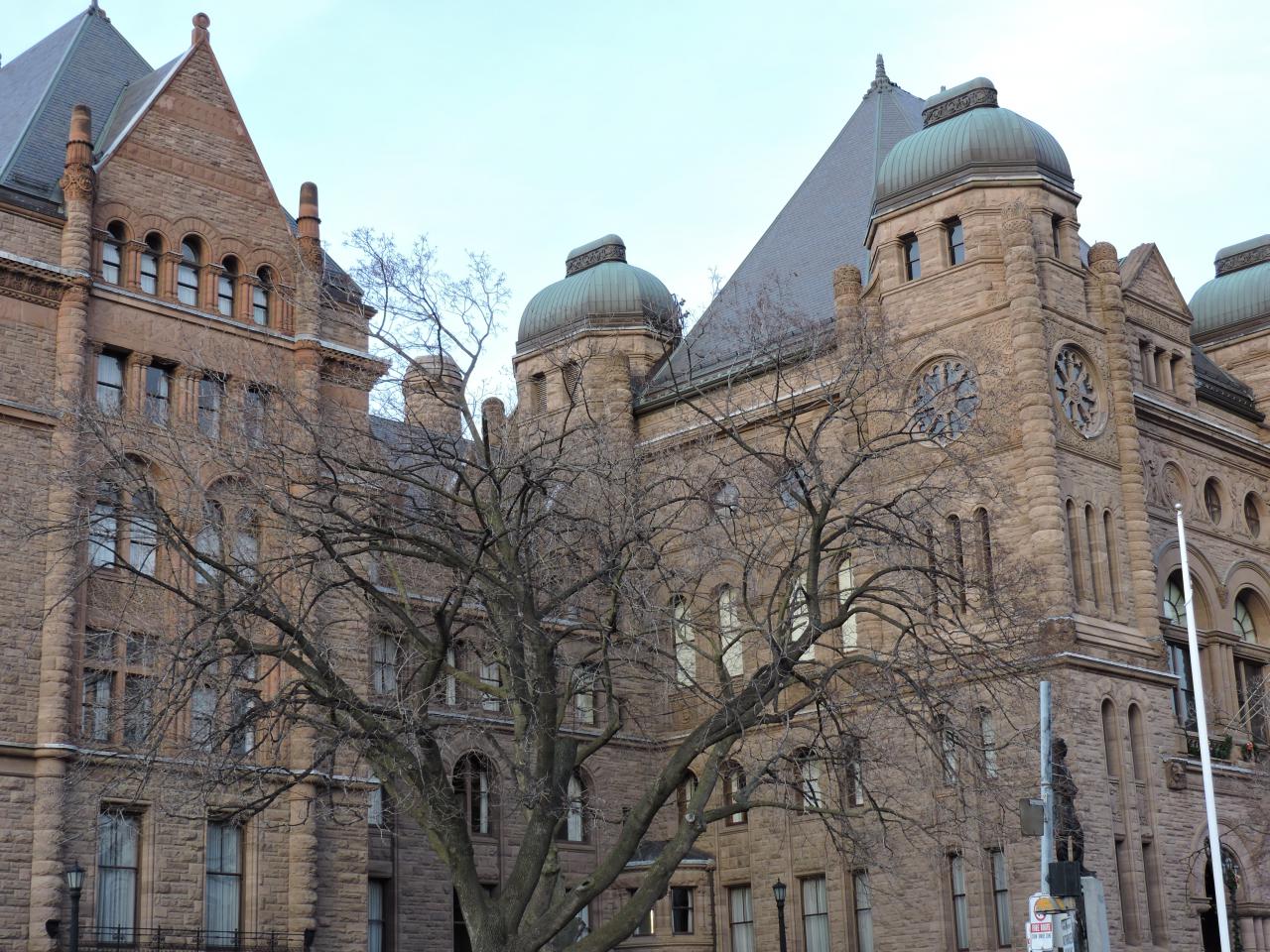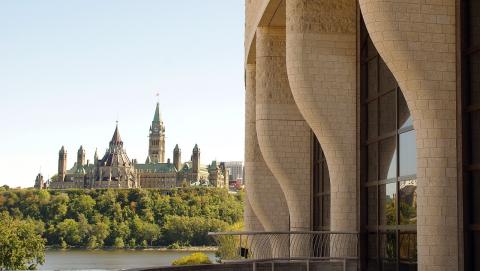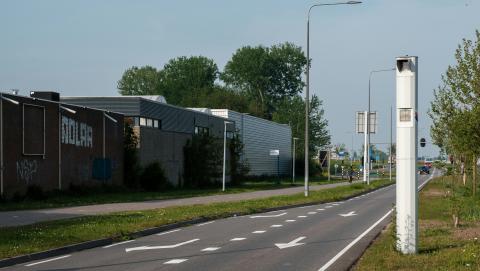
Provincial Budget Priorities
This afternoon, Ontario’s Minister of Finance introduced the 2025 Ontario Budget, A Plan to Protect Ontario.
Today’s budget paints a challenging economic outlook for the province with much larger deficits and lower housing starts now projected over the coming years. While we’re facing significant economic uncertainty, the government’s plan is a solid first step in addressing the challenges posed by U.S. tariffs.
AMO has been working hard to help its members understand how the rapidly changing economic landscape will impact municipalities. We recently released a 2025 Pre-Budget Update building the case for strategic investments in municipal infrastructure and social housing to stimulate the economy in the short-term and support long-term economic productivity. We look forward to working with the provincial government to bring this message to federal leaders.
We are pleased that today’s budget includes some important actions for our communities, particularly through new investments in infrastructure, economic development and primary care. However, these uncertain times have only escalated the need to address long-standing municipal priorities. AMO remains committed to our urgent call to revisit the provincial-municipal fiscal framework with the provincial government.
“In the face of global economic and political uncertainty, municipalities stand united with provincial and federal governments. Today’s provincial budget investments in critical water infrastructure and industries impacted by tariffs are an important first step in helping Ontario weather the current economic storm. AMO and municipalities are ready to work together to advance solutions that will save jobs in the short-term while building enduring economic prosperity across the province” – Robin Jones, President of the Association of Municipalities of Ontario (AMO)
Budget Highlight: Responding to Trade and Tariff Uncertainty
- A new $40M Trade-Impacted Communities Program (TICP) to help communities and local businesses disproportionately affected by the trade and tariff uncertainty
- A range of investments to diversify Ontario’s economy and support local economic development. Highlights include:
- An additional $600M for the Invest Ontario Fund to create jobs and attract investment
- $1.3B over three years to enhance and expand the Ontario Made Manufacturing Investment Tax Credit
- $50M over three years to create the Ontario Together Trade Fund (OTTF) to help local businesses develop new markets and re-shore critical supply chains
- Investing in skills training to improve Ontario’s labour market, including:
- An additional $1B over three years for the Skills Development Fund
- $20M to mobilize new training and support centres for laid-off workers, including those impacted by U.S. tariffs
- An additional $50M for the Better Jobs Ontario program, including a fast-track stream for job seekers in trade-impacted sectors
Budget Highlight: Infrastructure & Housing
- Additional $400M through the Municipal Housing Infrastructure Program (MHIP) and the Housing Enabling Water Systems Fund (HEWSF) to build the local infrastructure needed to enable new housing
- $50M over five years through Invest Ontario to grow capacity in modular housing construction
- Up to a further $5B in funding to the Building Ontario Fund (BOF) to co-invest in priorities like municipal infrastructure, long-term care, energy infrastructure, and affordable housing
- Increasing annual funding for the Connecting Links Program from $30M to $45M to support municipalities to maintain critical road infrastructure
Other Commitments of Interest
- Reconfirming the additional $50M increase to the Ontario Municipal Partnership Fund, bringing the total envelope to $600M by 2026
- Confirming the previously announced $20M over two years through the Rural Ontario Development program
- Investing in police training and equipment, including $1B to expand and renovate two training facilities, $57M for two new police helicopters, and $6M through the Preventing Auto Theft Grant
- $300M over four years to support Primary Care Teaching Clinics, increasing Primary Care Action Plan investments to $2.1B
- Adding $260M over three years in the Learn and Stay Grant to increase the number of health care professionals in underserved communities
- Making the cut to the Gasoline and Fuel Tax rate permanent. This should not impact the portion of the Gas Tax that is allocated to municipalities for public transit
- $500M in a new Critical Minerals Processing Fund to provide strategic financial support for projects that will accelerate the province’s critical minerals processing capacity



